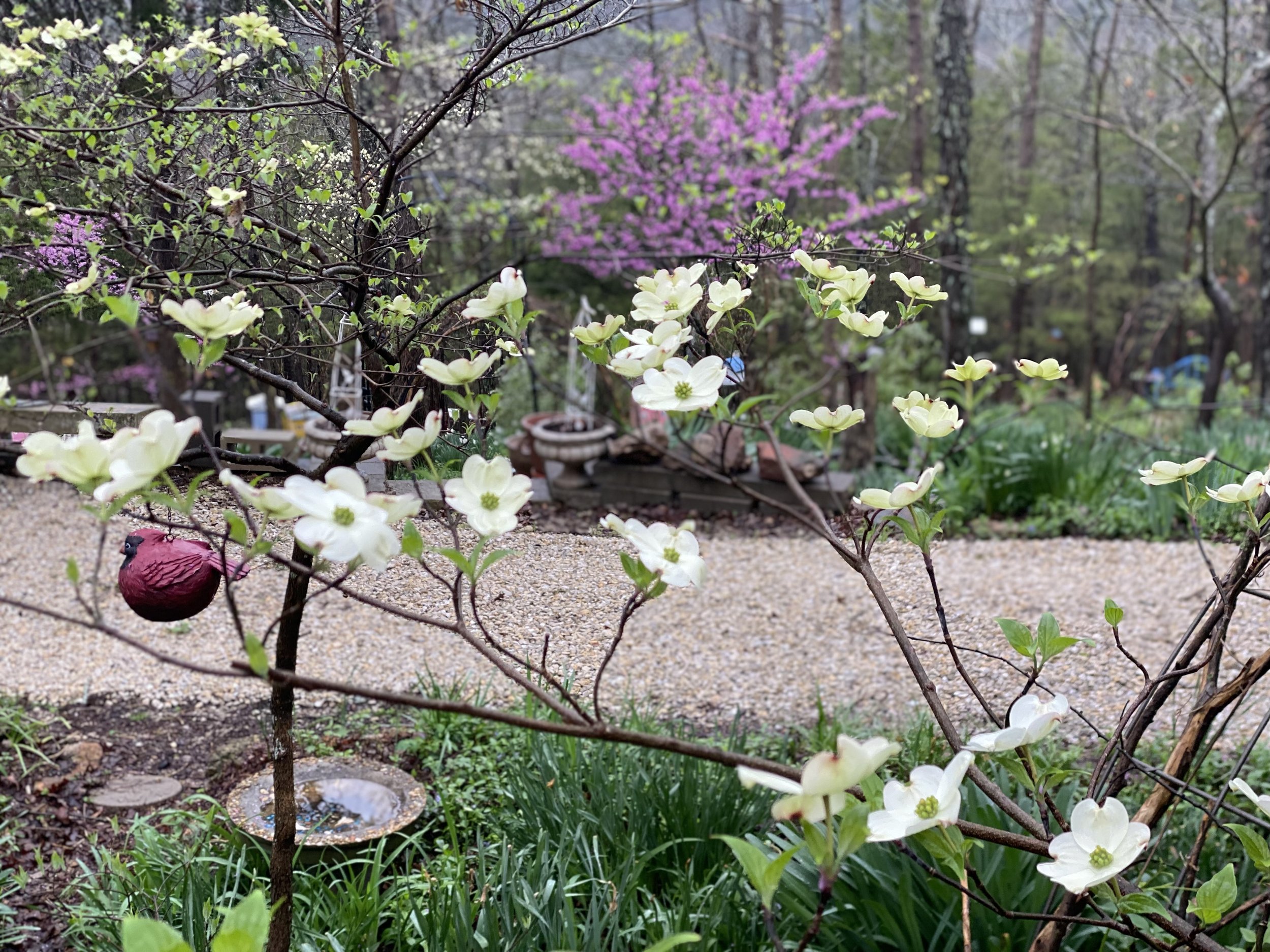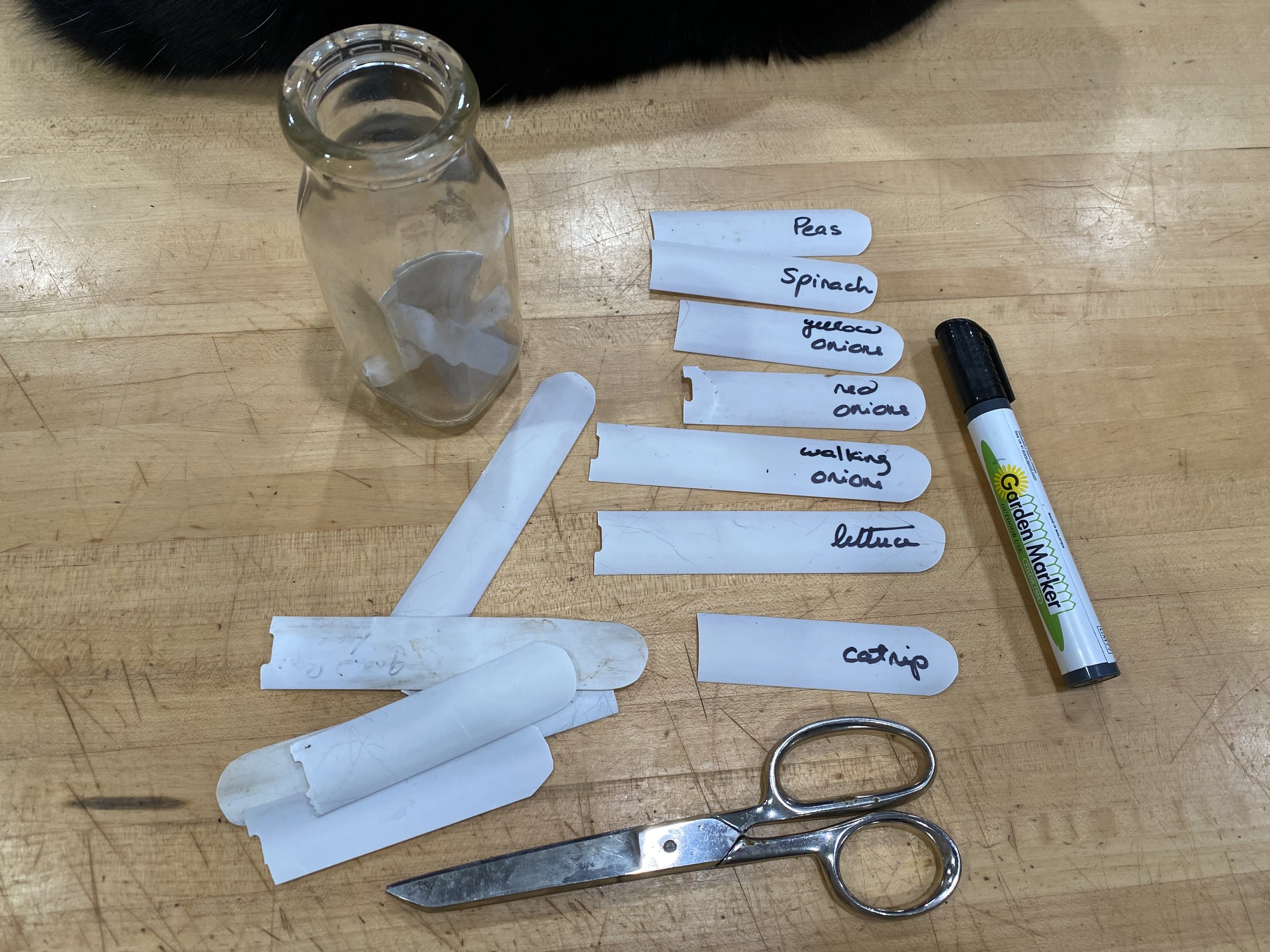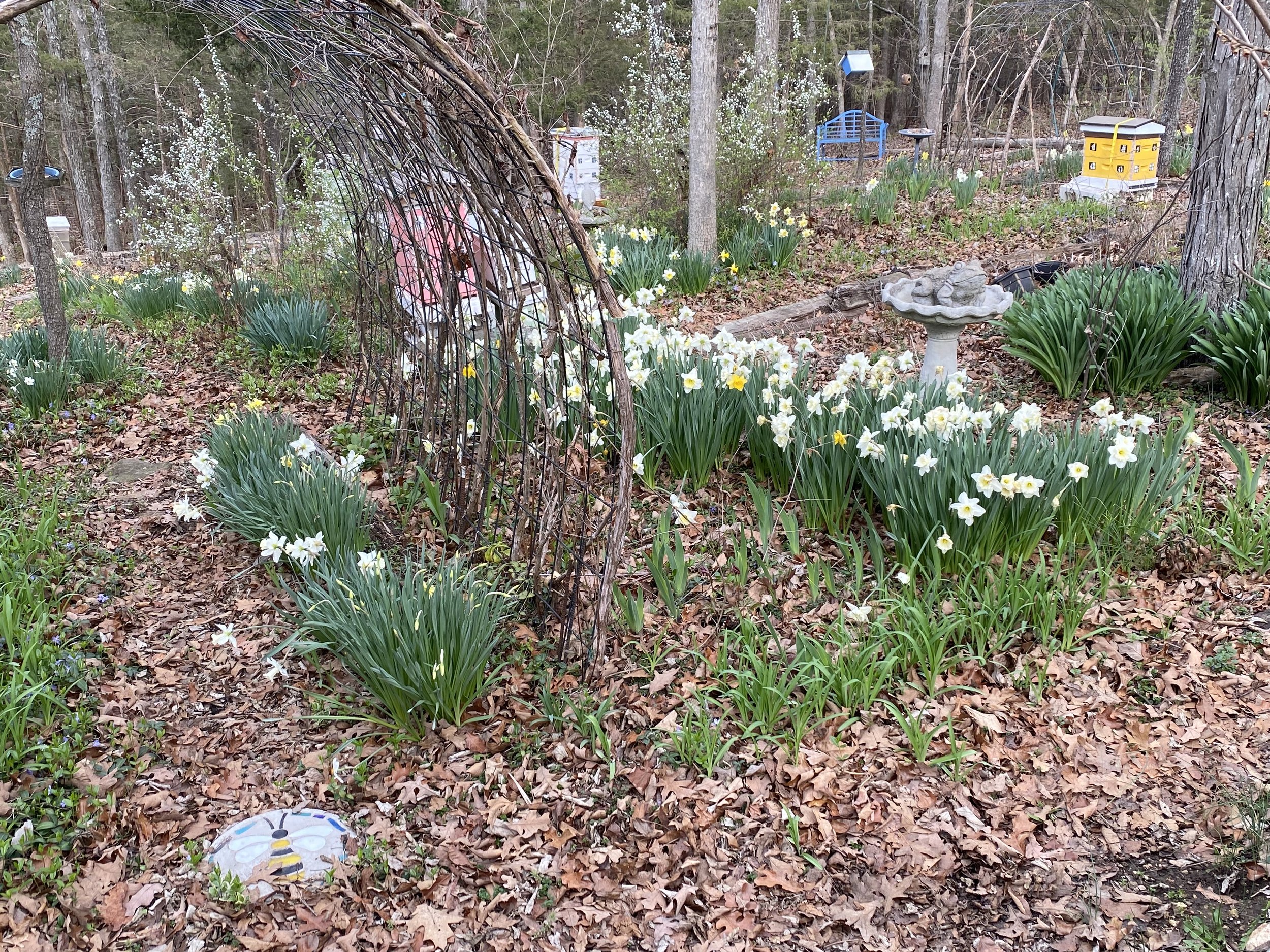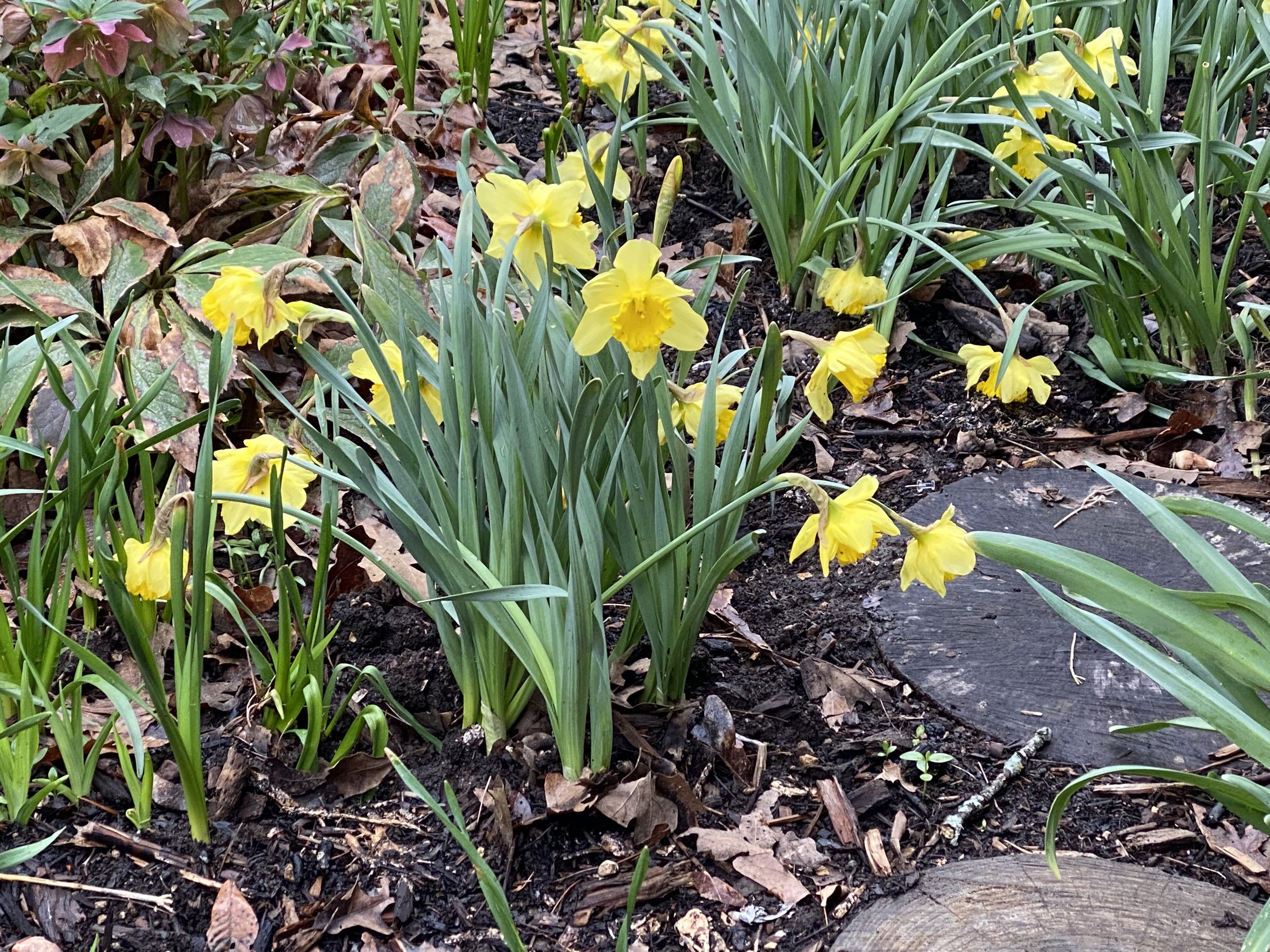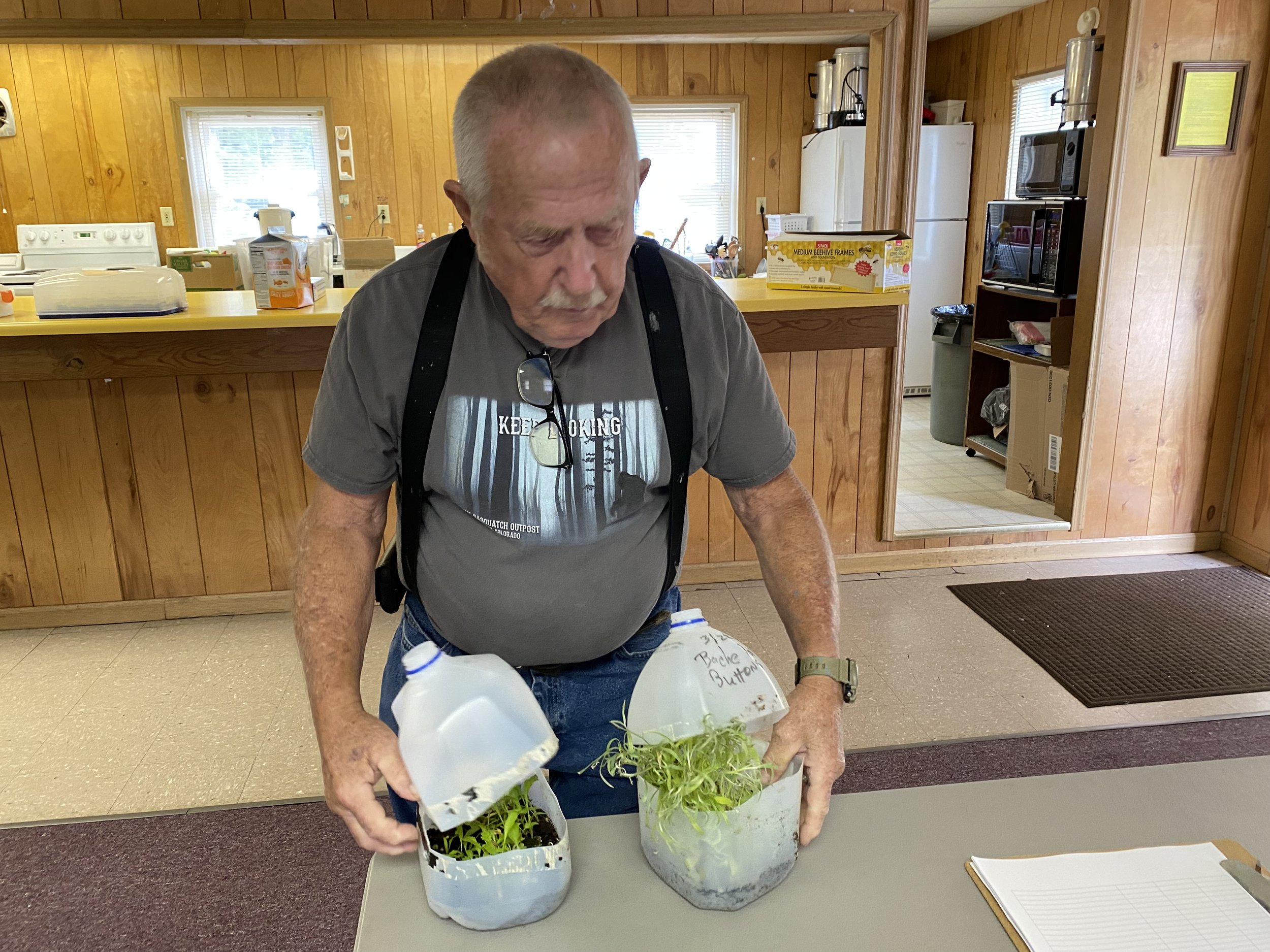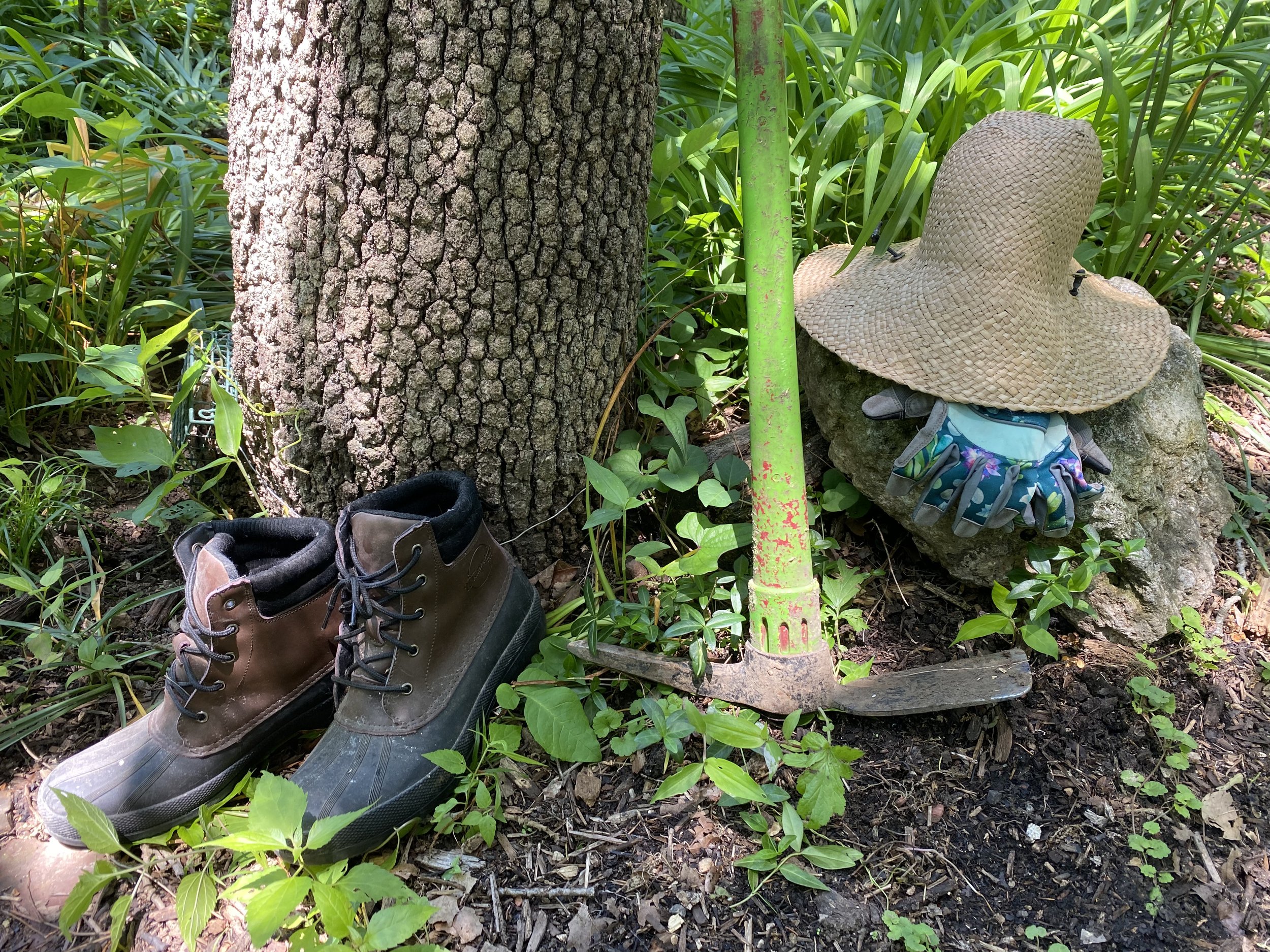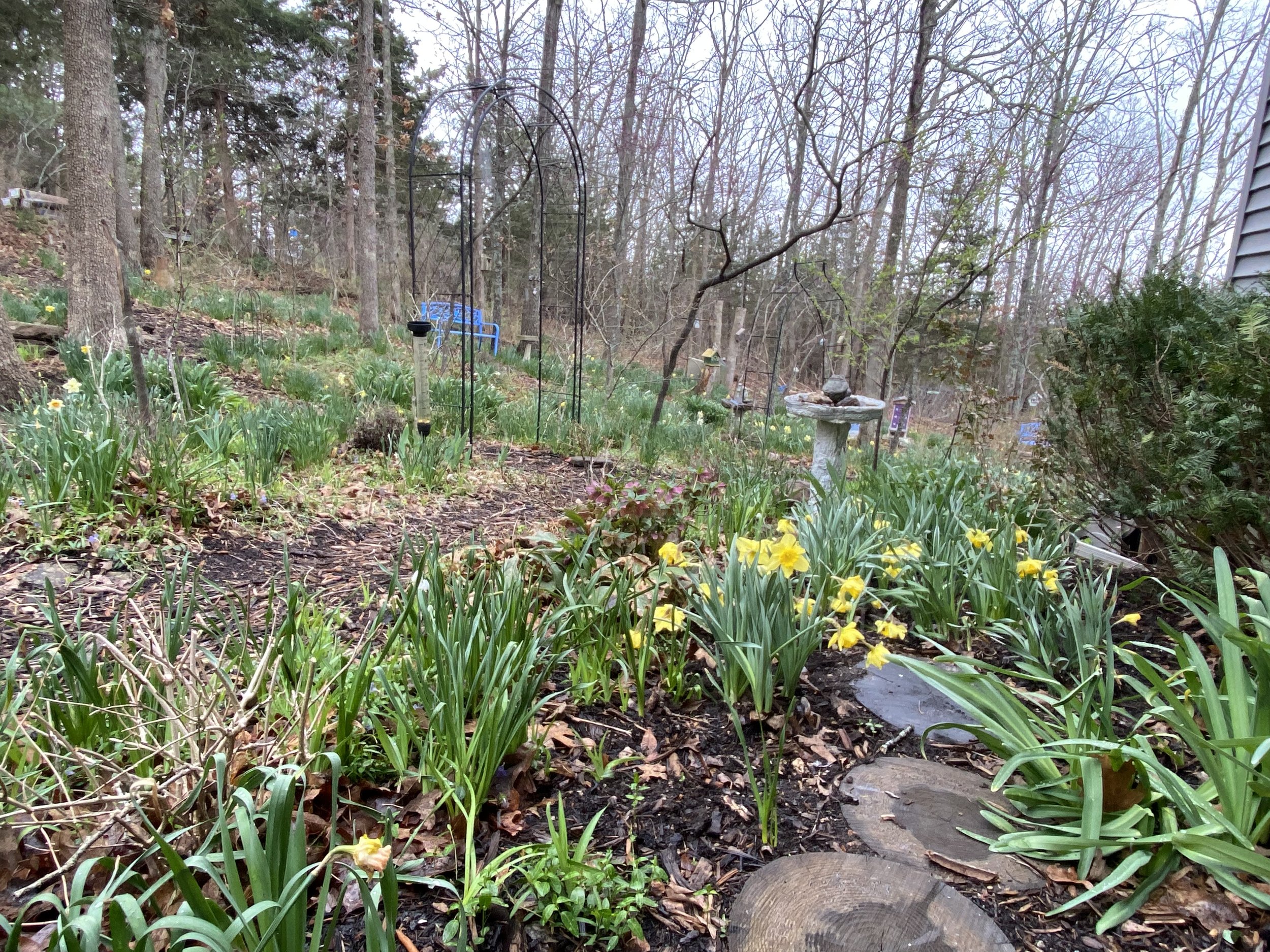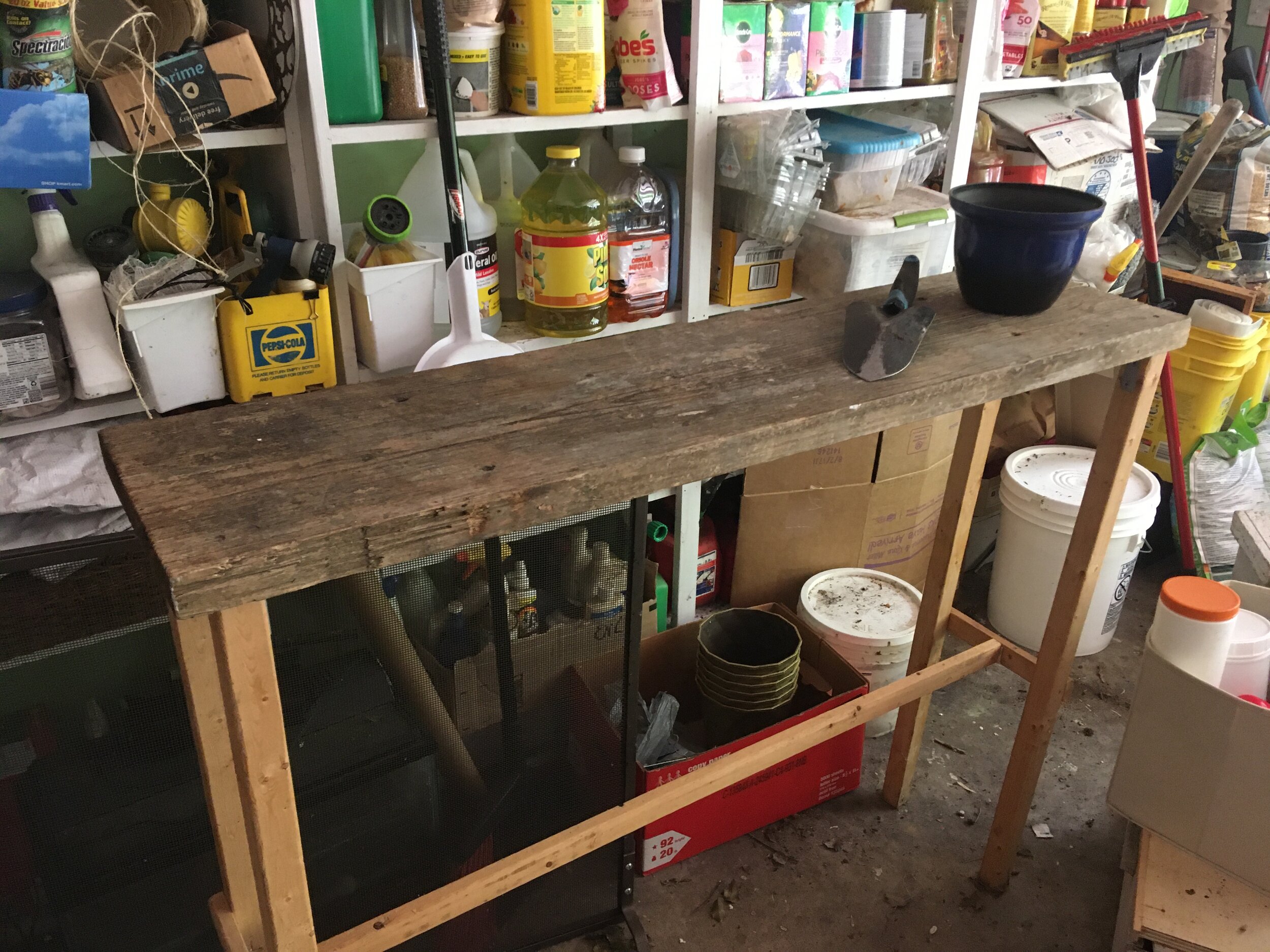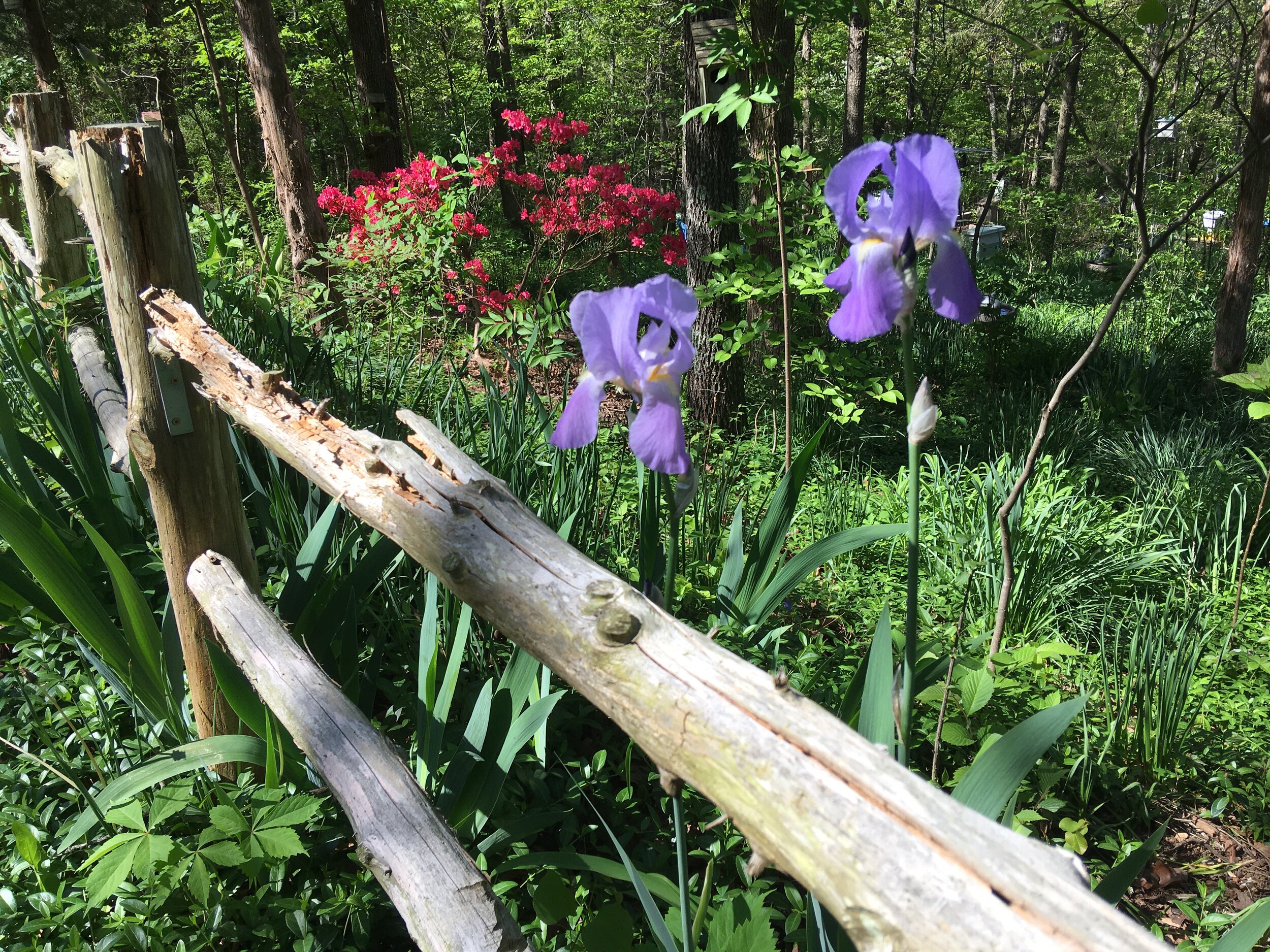Establishing Dogwood Trees
/Establishing Dogwood Trees
If Bradford pears or callery pear trees are invasive and unwanted, flowering Dogwoods may be one, if not the most, desirable of the spring flowering US native trees. Getting them established, however, can be a bit challenging so here are my tips for successfully planting Dogwood seedlings:
1. Choose the Right Site
Light: Partial shade is ideal—especially in hotter climates. Morning sun with afternoon shade works best.
Soil: Well-drained, acidic to neutral (pH 5.5–7.0), rich in organic matter.
Avoid: Heavy clay or waterlogged areas. Flowering dogwoods are prone to root rot.
2. Prepare the Planting Hole
Size: Dig a hole 2–3 times wider than the root ball, but no deeper than the root ball’s height.
Amend Soil: If your native soil is poor, mix in compost or well-rotted leaf mold to improve structure and drainage. Soak dry leaves in a bucket of water for a couple of hours, then incorporate in the tree hole with the tree root. Also add to the top of soil to keep it moist.
3. Inspect and Position the Seedling
Root Check: Gently loosen circling or matted roots. Prune any damaged roots.
Planting Depth: Set the seedling so the root flare (where trunk meets roots) is at or slightly above ground level—never buried.
Direction: Point the main root north. Ozark gardening tip that has worked well for me.
4. Backfill and Water Thoroughly
Backfill: Use native soil mixed with your compost, tamping gently to remove air pockets.
Water In: Slowly and deeply saturate the soil immediately after planting.
5. Mulch Carefully
Mulch Ring: Apply a 2–3 inch layer of bark mulch, pine straw, or shredded leaves in a 3–4 foot wide circle.
Keep Clear: Keep mulch 2 inches away from the trunk to prevent rot and pest issues.
6. Provide Aftercare
Watering: Keep soil consistently moist (not soggy) during the first 1–2 growing seasons.
Protection: Use a tree guard or fencing to protect from deer, rabbits, and mechanical injury.
7. Monitor and Maintain
Fertilizing: Avoid heavy fertilization the first year. In year two, use a slow-release balanced fertilizer if needed.
Pruning: Only light shaping or removal of damaged wood in late winter. Don’t over-prune young trees.
Watch for: Dogwood borers, powdery mildew, and anthracnose. Healthy trees are more resistant.
On the average only half dogwood seedlings take so try again or plant two in the same spot.
For more weekly gardening, beekeeping, cooking and easy home decor tips, subscribe to Garden Notes.

